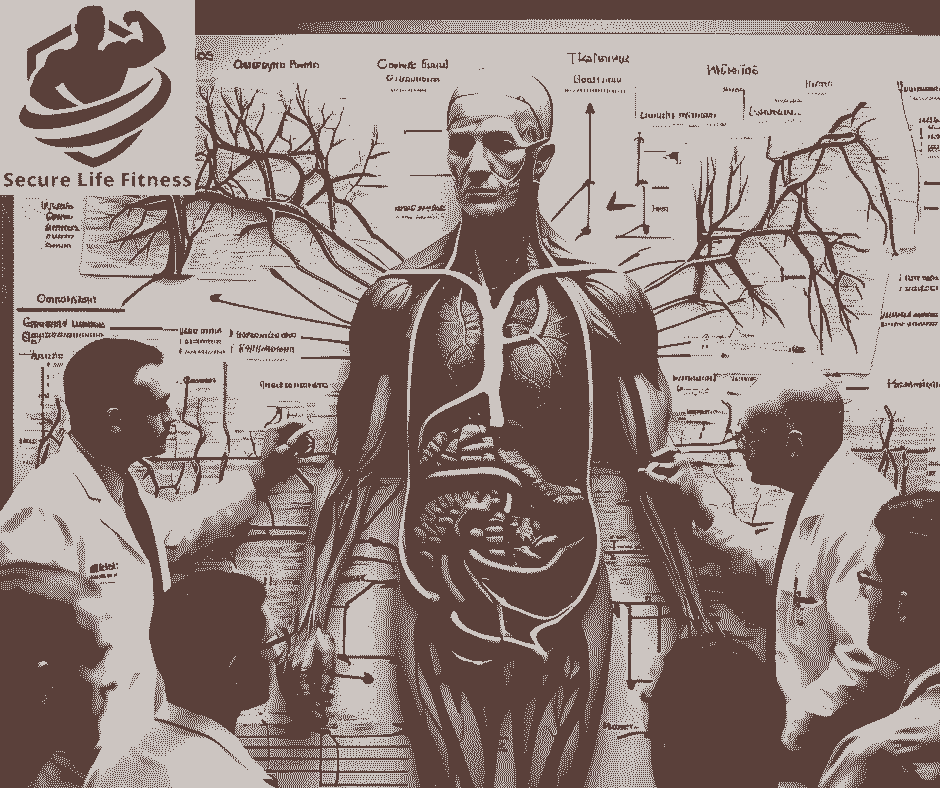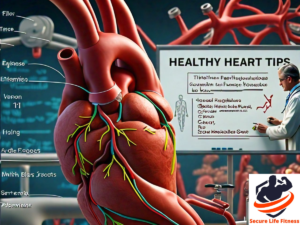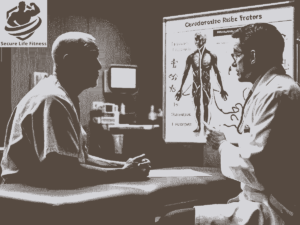Table of Contents
ToggleIntroduction:
Cardiovascular disease (CVD) is a multifaceted health issue that continues to plague societies worldwide, posing significant challenges to both public health and medical research. Despite advances in understanding its underlying mechanisms and developing treatment modalities, CVD remains a leading cause of morbidity and mortality globally. In this comprehensive exploration, we embark on a journey to unravel the complexities of cardiovascular disease, shedding light on the latest insights, innovative approaches, and promising interventions that hold the potential to transform the landscape of cardiovascular care.
Understanding Cardiovascular Disease:
At its core, cardiovascular disease encompasses a diverse array of conditions affecting the heart and blood vessels. From coronary artery disease and hypertension to stroke and heart failure, the manifestations of CVD are varied and often interconnected. While traditional risk factors such as smoking, obesity, and sedentary lifestyle play a significant role in disease development, emerging evidence suggests that genetic predisposition and socio-economic factors also contribute to disease susceptibility.
Moreover, the complex interplay between environmental factors, inflammatory processes, and metabolic abnormalities further complicates our understanding of CVD pathophysiology.
Insights into Pathophysiology:
To devise effective strategies for prevention and treatment, it is essential to unravel the intricate pathophysiological mechanisms underlying cardiovascular disease. Endothelial dysfunction, inflammation, oxidative stress, and dyslipidemia are among the key processes implicated in the initiation and progression of CVD.
Furthermore, the role of novel biomarkers and imaging modalities in early detection and risk stratification cannot be overstated, offering valuable insights into disease prognosis and guiding therapeutic decision-making. By elucidating the molecular and cellular pathways involved in CVD pathogenesis, researchers aim to uncover new targets for intervention and develop more personalized approaches to patient care.
Innovations in Diagnosis and Monitoring:
Recent years have witnessed remarkable advancements in medical technology, revolutionizing the diagnosis and monitoring of cardiovascular disease. High-resolution imaging techniques such as cardiac MRI and CT angiography enable clinicians to visualize cardiac anatomy and assess vascular function with unprecedented detail. Moreover, the advent of wearable devices equipped with sensors for continuous monitoring of vital signs and cardiac rhythms has transformed the way we monitor patients with CVD, facilitating early detection of arrhythmias, heart failure exacerbations, and other cardiovascular events.
Additionally, the integration of artificial intelligence and machine learning algorithms holds promise in analyzing vast amounts of clinical data and identifying patterns that may aid in risk prediction and treatment optimization.

Targeted Therapies and Interventions:
In the realm of therapeutics, precision medicine is reshaping the treatment landscape for cardiovascular disease. Tailored pharmacological interventions targeting specific molecular pathways offer new hope for patients with refractory conditions, allowing for more effective disease management and improved outcomes. Furthermore, minimally invasive procedures such as percutaneous coronary intervention (PCI) and transcatheter aortic valve replacement (TAVR) have emerged as viable alternatives to traditional surgery, offering patients a less invasive approach with reduced risks and faster recovery times.
With ongoing research into novel drug therapies, gene editing techniques, and regenerative medicine approaches, the future of cardiovascular care holds promise for further advancements in treatment efficacy and patient survival.
Lifestyle Modification and Preventive Strategies:
While medical interventions play a crucial role in managing cardiovascular disease, the importance of lifestyle modification and preventive strategies cannot be overstated. Adopting a heart-healthy diet, engaging in regular physical activity, maintaining a healthy weight, and managing stress are fundamental pillars of cardiovascular disease prevention. Moreover, public health initiatives aimed at reducing smoking prevalence, promoting healthy behaviors, and improving access to preventive care are essential in addressing the root causes of CVD at a population level.
By empowering individuals to make informed choices about their cardiovascular health and creating supportive environments that facilitate healthy behaviors, we can make significant strides in reducing the burden of cardiovascular disease on society.
The Role of Research and Collaboration:
As we continue to unravel the complexities of cardiovascular disease, collaboration between researchers, healthcare providers, policymakers, and community stakeholders is essential. Multidisciplinary approaches that integrate insights from basic science, clinical research, and public health initiatives are critical in addressing the multifaceted challenges posed by CVD. Moreover, investment in translational research and the dissemination of findings through academic journals, scientific conferences, and public outreach efforts are essential in driving innovation and improving patient outcomes.
By fostering a collaborative research ecosystem and supporting initiatives that promote knowledge sharing and cross-disciplinary collaboration, we can accelerate progress towards our shared goal of preventing and treating cardiovascular disease effectively.
Challenges and Opportunities Ahead:
Despite significant progress in our understanding and management of cardiovascular disease, several challenges lie ahead on the road to improved cardiovascular health. Health disparities, access to care, and the rising burden of non-communicable diseases pose formidable obstacles, particularly in underserved communities and resource-constrained settings.
Moreover, the emergence of novel risk factors such as air pollution, climate change, and social determinants of health underscores the need for a holistic approach to cardiovascular care that addresses the broader socio-economic and environmental factors influencing disease risk. By addressing these challenges head-on and embracing opportunities for innovation and collaboration, we can work towards a future where cardiovascular disease is no longer a leading cause of morbidity and mortality worldwide.
Conclusion:
In conclusion, unraveling the complexities of cardiovascular disease requires a concerted effort from all stakeholders involved, spanning from basic science research to clinical practice and public health policy. By leveraging insights from cutting-edge research, embracing innovative technologies, and adopting a holistic approach to patient care, we can transform the landscape of cardiovascular medicine and improve outcomes for patients living with or at risk of CVD.
Moreover, by prioritizing preventive strategies and addressing the underlying determinants of health, we can reduce the burden of cardiovascular disease on individuals, families, and communities worldwide. Together, let us embark on this journey towards a healthier future, where cardiovascular disease is no longer a pervasive threat to human health and well-being.
ALSO:












